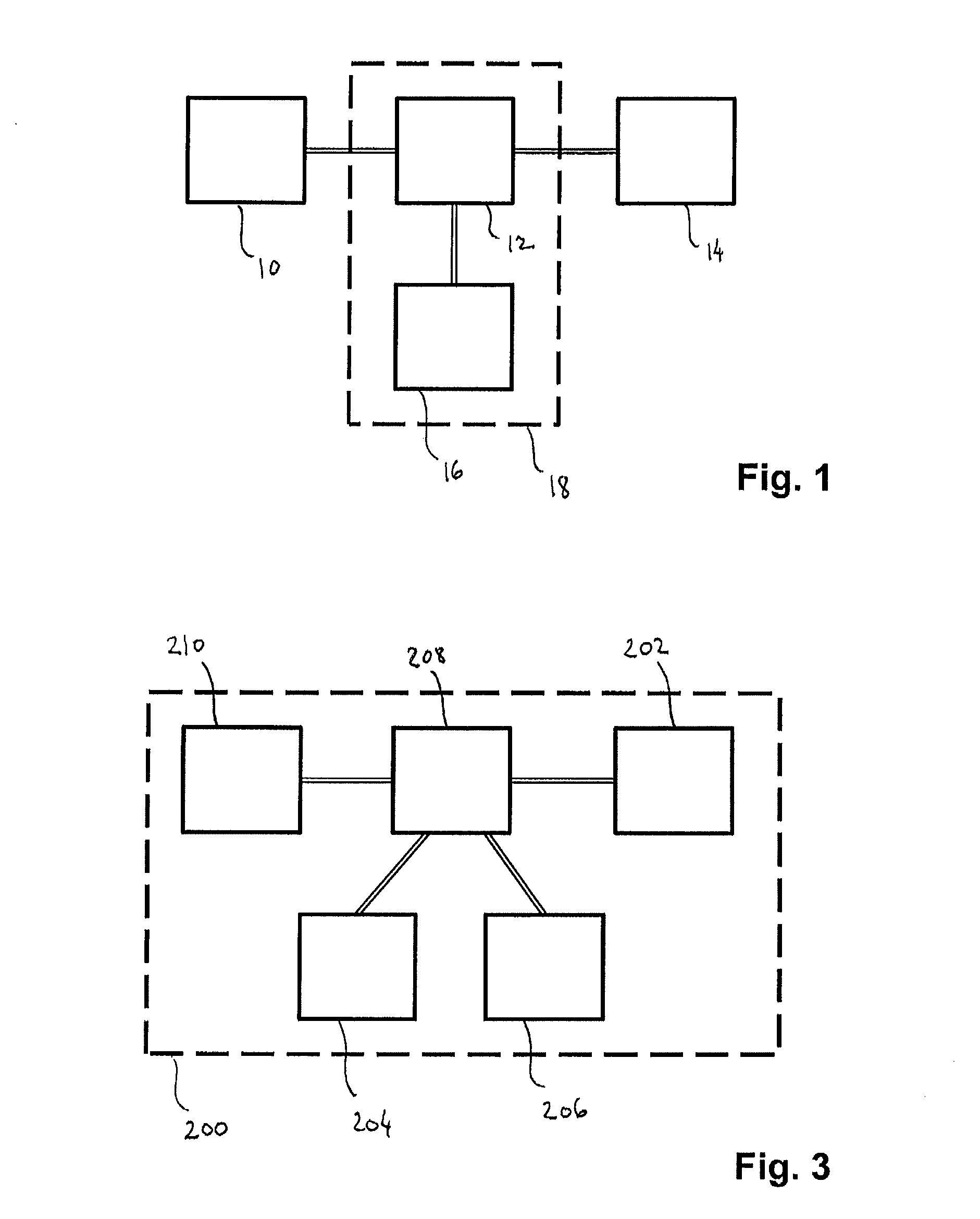Fine-grained database access-control policy enforcement using reverse queries
a database access control and reverse query technology, applied in the field of database access control policy enforcement, can solve the problems of difficult to achieve, application without proprietary access control cannot be protected, difficult to achieve, etc., and achieve the effect of accurate control, susceptibility to change, and configurability after deploymen
- Summary
- Abstract
- Description
- Claims
- Application Information
AI Technical Summary
Benefits of technology
Problems solved by technology
Method used
Image
Examples
Embodiment Construction
[0065]FIG. 3 is a generalized block diagram of the XACML architecture 200, although simplified, according to the prior art. As stated before, XACML is an access control policy language. An attempt to access a resource 202 is represented as a “Request”, which lists attributes of the subject 204, the resource 202, the action and the environment 206. Most facts relating to the subject 204, the resource 202, the action and the environment 206 can be described in terms of attributes. An attribute is an identifier, a data type and a value. It can also be described as a variable with a name (the identifier), a data type and a value.
[0066]The request is constructed by a PEP 208. The purpose of a PEP 208 is to guard access to a resource 202 and only let authorized users through. The PEP 208 itself does not know who is authorized; rather it submits the request to a PDP 210, which contain policies governing what requests are to be permitted or denied, respectively. The PDP 210 evaluates the po...
PUM
 Login to View More
Login to View More Abstract
Description
Claims
Application Information
 Login to View More
Login to View More - R&D
- Intellectual Property
- Life Sciences
- Materials
- Tech Scout
- Unparalleled Data Quality
- Higher Quality Content
- 60% Fewer Hallucinations
Browse by: Latest US Patents, China's latest patents, Technical Efficacy Thesaurus, Application Domain, Technology Topic, Popular Technical Reports.
© 2025 PatSnap. All rights reserved.Legal|Privacy policy|Modern Slavery Act Transparency Statement|Sitemap|About US| Contact US: help@patsnap.com


